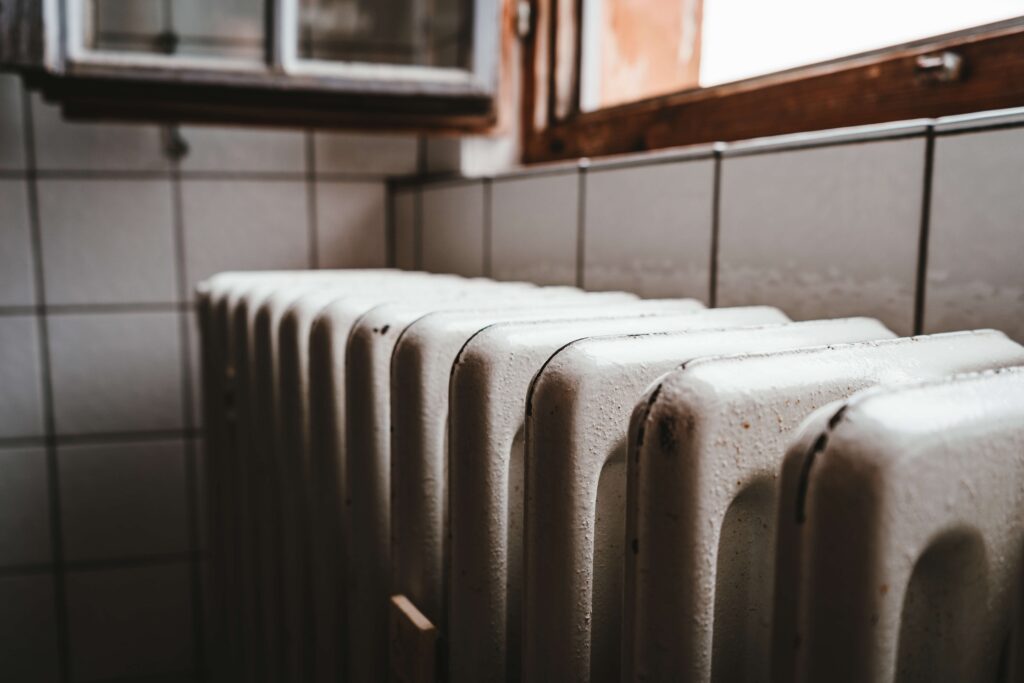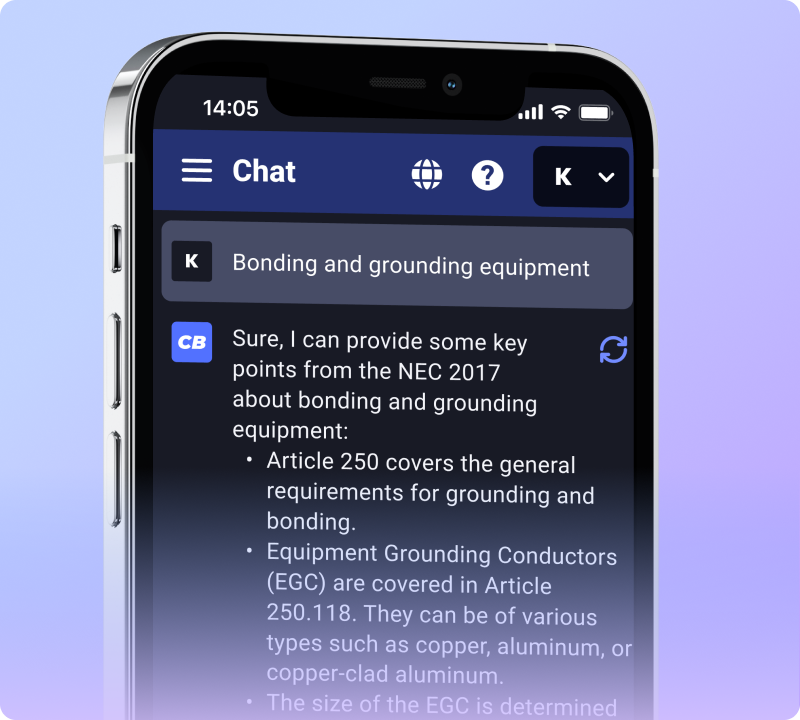When installing or maintaining HVAC systems, it’s crucial to understand the electrical code requirements for HVAC equipment receptacles. This knowledge not only ensures compliance with safety standards but also guarantees optimal performance of your HVAC units.
Understanding NEC Requirements
The National Electrical Code (NEC) outlines specific regulations for receptacles serving HVAC equipment. Key points include:
- Location and Accessibility: NEC mandates that receptacles for HVAC equipment must be located within 25 feet and on the same level as the equipment. This ensures easy access for service and maintenance.
- Amperage and Voltage: The receptacle must match the amperage and voltage requirements of the HVAC unit. Typically, this means a 120-volt, 15- or 20-ampere receptacle.
- GFCI Protection: For outdoor or garage installations, Ground Fault Circuit Interrupter (GFCI) protection is required to prevent electrical shock hazards.
- Dedicated Circuit: It’s often recommended, though not always required, to have a dedicated circuit for HVAC equipment to avoid overloading.
Compliance and Safety
Adhering to these NEC requirements is not just about legal compliance; it’s about ensuring the safety and efficiency of your HVAC systems. Improperly installed receptacles can lead to electrical hazards or equipment failure.
Tips for DIY’ers and Professionals
Whether you’re a DIY enthusiast or a seasoned electrical professional, understanding these requirements is key. Always consult the latest NEC edition or a professional for specific code interpretations.
Conclusion
Complying with NEC requirements for HVAC equipment receptacles is essential for safe and efficient operation. By following these guidelines, you ensure that your installations are up to code and your equipment functions reliably.


